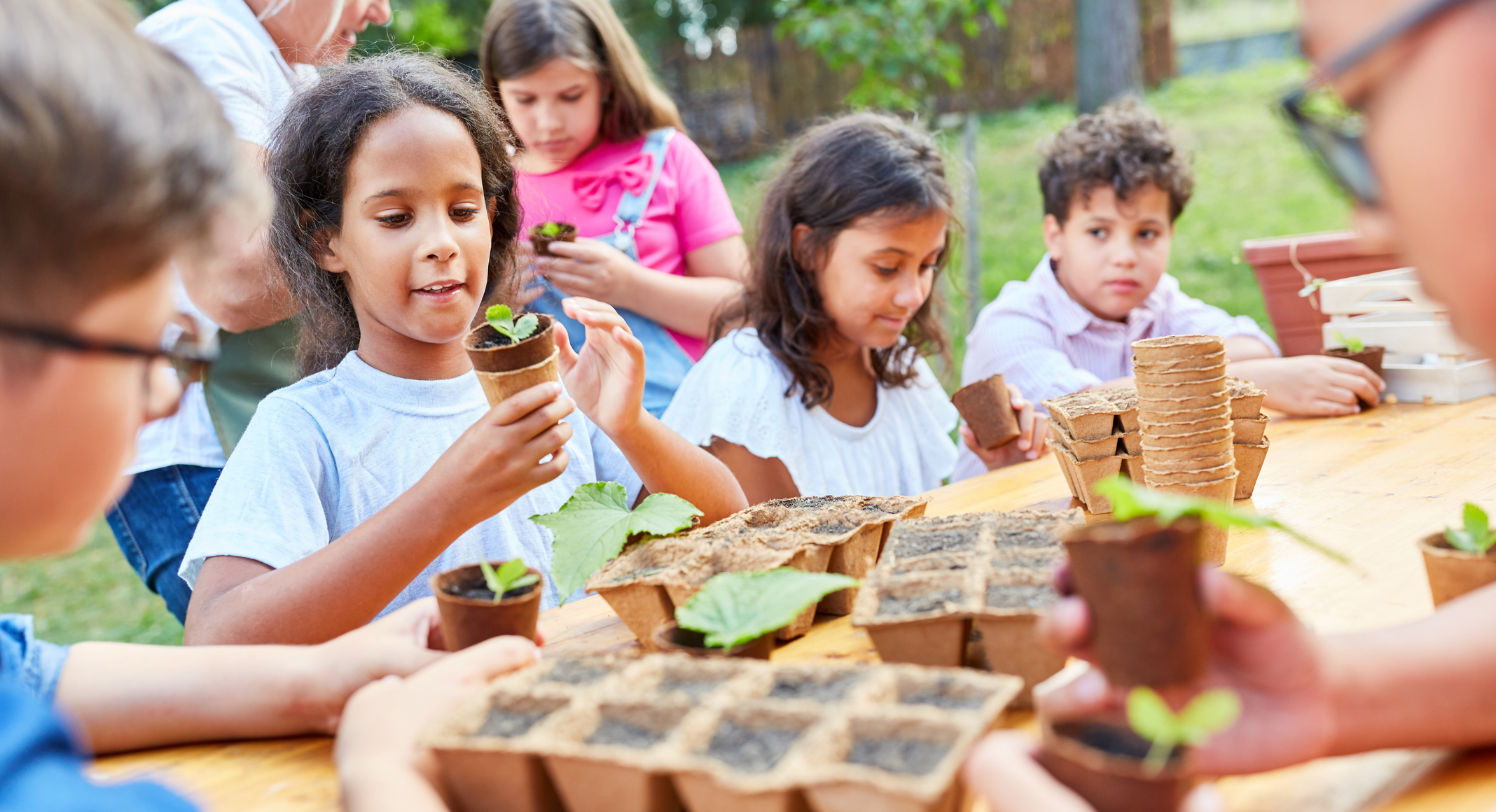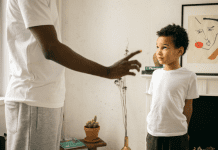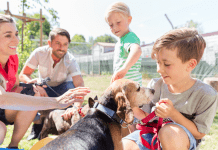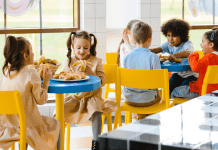When I began homeschooling my oldest, I had planned to follow the public-school calendar for our breaks. It made sense initially because most of our friends attend traditional school, so having breaks when they did would allow us to share our free time with them. I realized by the first winter break, however, that taking several weeks off school completely and then trying to get back into “school mode” was nearly impossible for my son, and we had to move backward on several of the writing and math skills that I was confident he had mastered. It took another several weeks of struggle to figure things out, and then came spring break…
My homeschooled kids are not that different from their traditional school attending peers. There is plenty of research that shows that as much as 20% of what an elementary school student learns is lost over summer break. I have several friends who teach public school, and they can confirm. The first few weeks of school for them looks a lot like what I had seen with my son, but they had thirty kids to manage.
We now school year-round. We do take breaks when our friends are out of school, but they are rarely more than a week.
While we are “in school” more, this does not mean that we are always sitting at desks looking at a workbook or practicing in composition books. About once a month we have a few days of what I typically call “sneaky learning”. There are tons of terms for this method: interest-based learning or unschooling being the ones you’ve likely seen the most. If your kids in traditional school and you are concerned with the “summer slide”, I have great news for you!
Sneaky learning is good for everyone.
My best friend is a public-school teacher. Her best advice to parents is to skip the worksheets and flashcards, and instead work on critical thinking and motor skills. “Anything that utilizes critical thinking can be a learning opportunity.” She says: “Learning takes place when the brain makes new connections, which takes activity. Cooking, shopping, sports, art…anything can be a lesson when turned into an open-ended question. Here are just a few of the ways my family finds to make those new connections:
Field Trips
Going somewhere other than your home is a great way to jump start summer “sneaky learning”. Louisville and the surrounding area has somewhere you can visit for just about any skill you want to encourage. If you aren’t sure where to go, I suggest starting with all the stops on the Louisville Summer Cultural Pass. This list includes places to explore history, STEM, and the Arts. Our city has museums, historical sites, and natural areas in abundance. Take time for an archaeological dig at the Farnsley- Moreman Landing, find crayfish at Beckley Creek, or hop over the bridge to Indiana and watch the candy makers at the historic Schimpff’s Candy.
Move Your Body
Physical exercise boosts brain performance, and being free from the obligation to sit for several hours a day allows our kids to play sports, swim, hike, and ride bikes more than they are able during the academic year. It also helps build muscle in places that may need a little extra help. Whether we want to admit it in our tech-filled world where it seems almost obsolete, handwriting and similar fine motor skills can be an accurate indicator for academic success. As a good “Charlotte Mason” style homeschooler, you’d probably expect me to encourage you to do some copywork over the summer. Wrong! Copywork is definitely something we utilize regularly, but I’m going to encourage you to do things that are much more fun.
Handwriting skills and penmanship often improve as a child develops hand strength. Some of our favorite ways to build up that part of a the body are by sculpting with playdough or clay, making art with scissors and paper, coloring or drawing, building with Lego, and using sticker books. My middle and youngest child have loved crafting and drawing since they were very small. These activities were so effective that by Kindergarten, they were very capable of holding a writing tool properly and completing age-appropriate copywork quickly and efficiently without much assistance by Mom and Dad.
Read
The LFPL Summer Reading Program is in full swing! If you know me, you know I love books and I love our local libraries. I think in the many years I have been homeschooling, I’ve only come across one or two titles I could not check out, and that was because they were ancient and long out-of-print. My kids love looking through the shelves for fun new things each visit (and I love that we no longer have fines to track if something doesn’t make it back by the due date). During our “sneaky learning” weeks, I am very lenient about what books my kids take home. While I might groan about the quality of the writing of some books, reading silly things certainly beats my kids melting into the television screen when it’s too hot to go outside.
Books are also a great way to inspire other activities. My art-loving son loves finding books with instructions for new things to make, my sports-loving son loves reading about his favorite athletes for encouragement when he isn’t an expert at his new skill immediately, and my youngest loves pretending to be her favorite characters, complete with costumes and makeup. Urge your kids to choose books that inspire them in whatever interest they don’t have as much time to enjoy during the school year. Do they love to cook? Are they obsessed with Star Wars? Do they want to know everything there is to know about ninjas in Ancient Japan? Now is a great time to ask questions and find out the answers!
Utilize Screen Time
If you were looking for permission to turn on the television or hand over a tablet, here it is. Some people are surprised when I tell them that Youtube has been one of our favorite homeschooling tools. There are people who are passionate about any and every subject and skill you can possibly imagine. You can take field trips to places you would never be able to visit in person. You can learn from experts you would never be able to meet. It can also be enjoyed in the air-conditioned comfort of the house, which at the current temperature is probably the best reason of all. Our family has a particular love of history, and we have several fun history channels that we watch on a regular basis. Some are documentary style, some are more like school lectures, but our two favorites involve cooking historical recipes.
We also love watching movies as a family. A well-made film can be particularly helpful for kids who are struggling readers. Reward them with the movie adaption when they finish a challenging book (and discuss whether the movie was as enjoyable or not!). Use film to help picture certain characters or understand hard-to-understand dialogue. We introduced Shakespeare to our kids two years ago. We read two re-tellings before watching a play, but it was the watching that actually connected with my then three-year-old. She had no idea what “wherefore” meant, but she could tell you in detail how crazy Romeo and Juliet were.
There are tons of other ways your family may find to add “sneaky learning” to your summer vacation. You might be a family that gardens, or builds things, or participate in service projects in the community. All of those provide tons of opportunity for keeping the bodies and brains of your growing kids prepared for the school year ahead. To quote the well-loved fictional teacher Miss Frizzle, use summer break to “Take chances! Make Mistakes! Get Messy!” What are some of your tips for sneaky summer learning?












